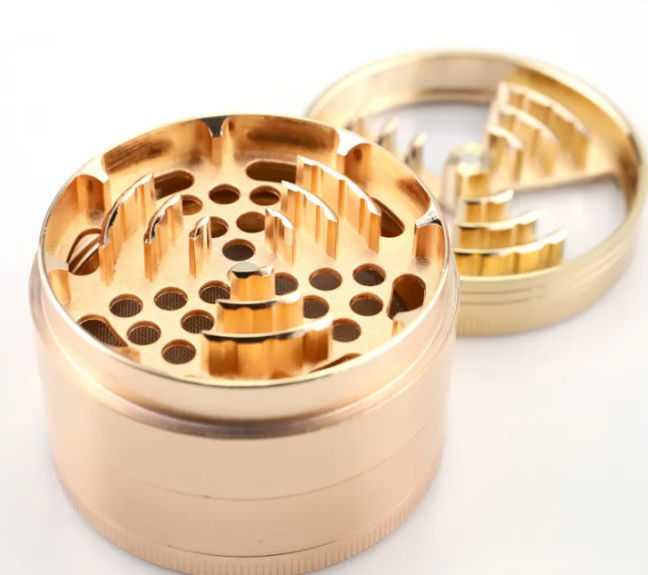Aluminum alloy materials are the most used materials in CNC machining. In order to overcome the defects of surface hardness and wear resistance of aluminum alloy parts, expand the scope of application, and prolong the service life of aluminum alloy parts, surface treatment technology has become a part of the CNC machining of aluminum alloys. An indispensable part and anodizing technology are widely used and mature. After anodizing the surface of aluminum alloy accessories, their functionality and decoration can be enhanced. Anodizing can achieve any color except white, and can also achieve two-color anodizing by masking or removing part of the oxide layer.

What Is the Difference Between Ordinary Oxidation and Hard Oxidation
Differences in operating conditions
1. Different applicable occasions: ordinary oxidation is suitable for decoration, while hard oxidation is mainly used for functions, and is generally used in wear-resistant and electric-resistant occasions. These are the performance comparisons that Wanfuxin usually uses, and there are many other differences, which cannot be further deepened due to the limited level.
2. Film thickness: The general film thickness of hard oxide is >15μm, which is too low to meet the requirement of hardness, while the thickness of ordinary oxide is relatively thin.
3. Current/voltage difference: ordinary oxidation current density is generally: 1-1.5A/dm2; and hard oxidation: 1.5-3A/dm2.
The differences in film performance are described below:
1. Surface condition: The ordinary oxidized surface is flat, while the hard oxidized surface is rough.
2. Different porosity: ordinary oxidation has high porosity, while hard oxidation has low porosity; generally, the outer circle of ordinary oxidation will become smaller, and the inner hole will become larger, while hard oxidation is the opposite.
Which Industries Is Anodizing Suitable For
Non-ferrous metals or their alloys (such as aluminum, magnesium, and their alloys) can be anodized. This method is widely used in photographic equipment parts, aircraft, and auto parts, audio equipment parts, precision instruments, radio equipment, daily necessities Architectural decoration, etc. Why do some customized aluminum alloy products look color different after anodizing?
It is unavoidable that there is a color difference in the aluminum oxide plate, and it is also a feature of the anodized aluminum plate. However, each enterprise will regulate a color difference range, and the products within the range are normal products. The common causes of color differences are:
-When the material is oxidized, the effect of the final product will be different due to the composition, content, concentration, temperature, treatment time, and other factors of the potion.
-When the product is closed and colored, the color difference that already exists during the production of material pretreatment leads to the increase in difficulty in sample matching, color matching, and color matching.
-The metal element content and material texture of different batches of raw aluminum sheets cannot be consistent, and it is difficult to achieve exactly the same effect as the sample after multiple adjustments and sample evaluation during coloring processing.